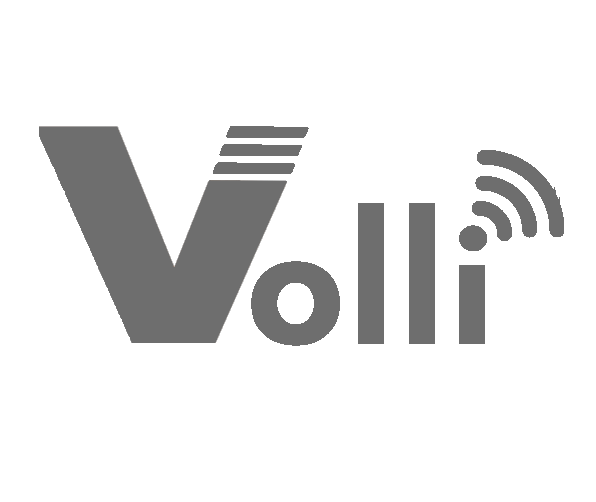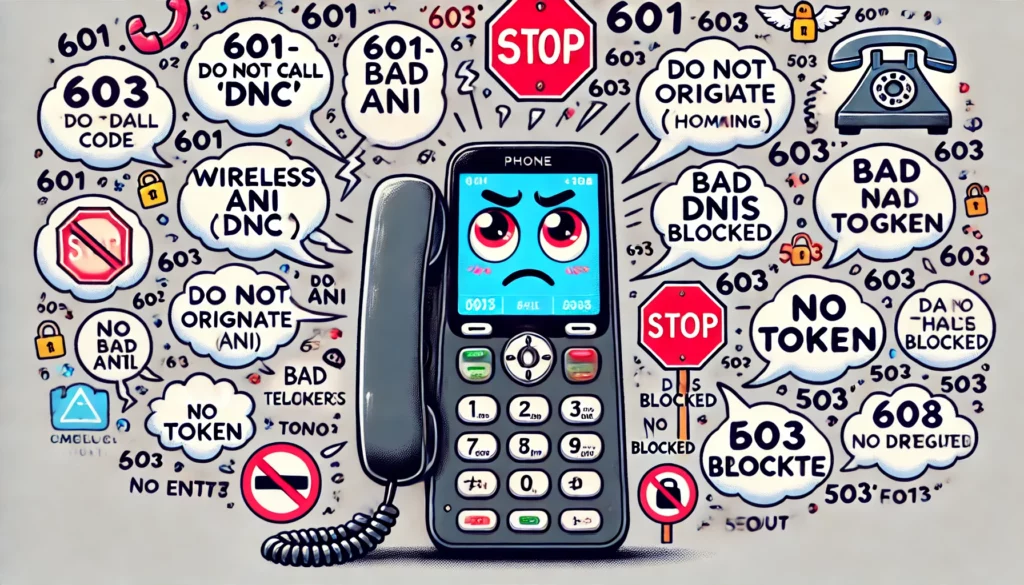
Ever feel like telecommunications has its own secret language?
You’re not alone. The 6xx codes in voice telecom might seem like they belong in an encrypted spy novel, but they’re actually quite important for managing calls.
Let’s decode these mysterious numbers and have some fun along the way.
“Why did the 6xx code go to therapy? Because it had serious identity issues!”
Now, let’s get to the real stuff.
601 – Do Not Call (DNC)
The 601 code signifies a number on the Do Not Call list. This is a polite way of saying, “Hey, telemarketers, take a hike!”
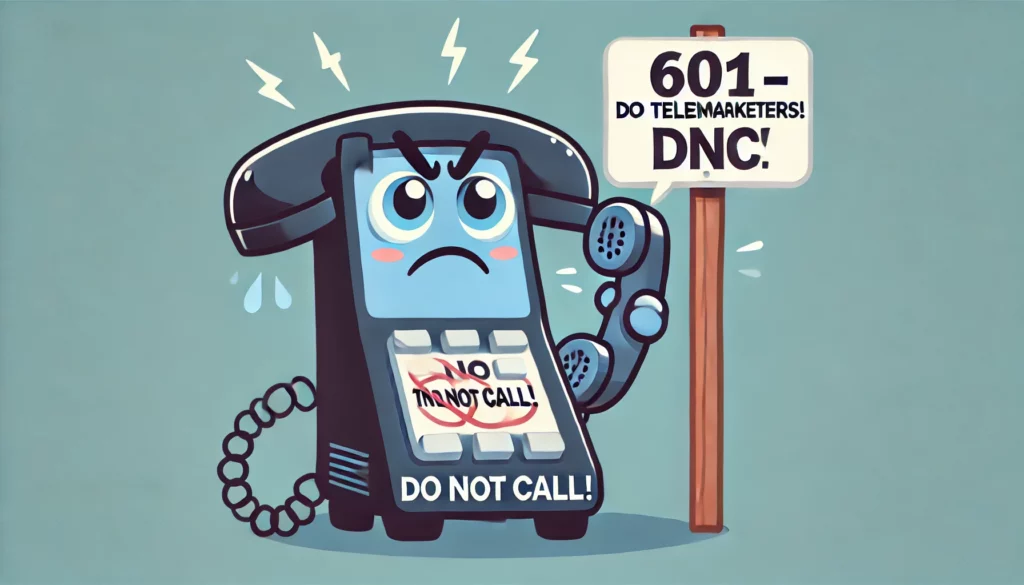
602 – Wireless ANI
Code 602 is all about identifying wireless numbers. It’s like saying, “I can see your mobile!” These codes ensure that mobile numbers are correctly recognized and processed.
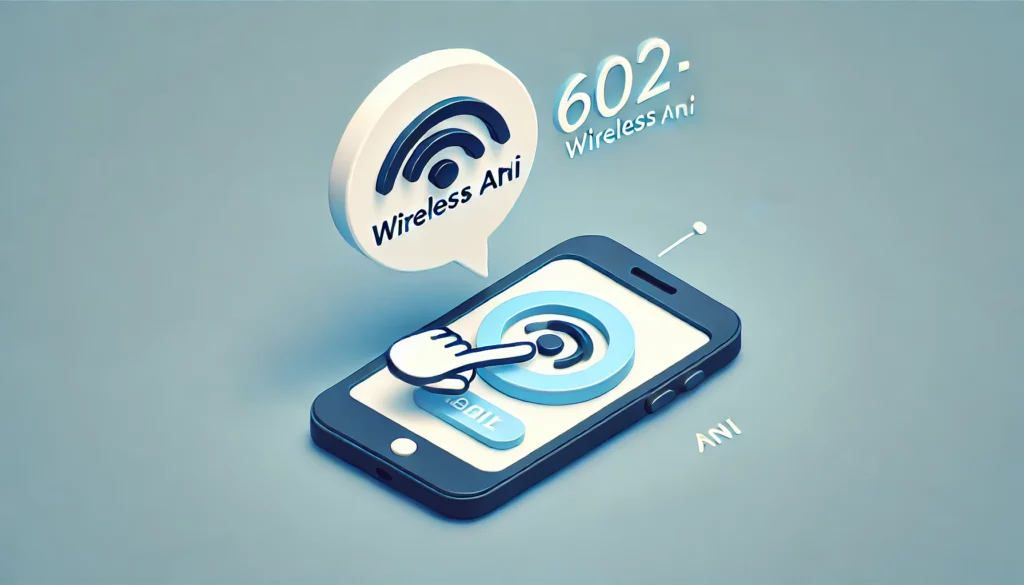
603 – Homing => Neighborhood Homing
603 codes are a bit of a homing pigeon. They help to direct calls back to their local neighborhood, ensuring connections stay within the right regions.
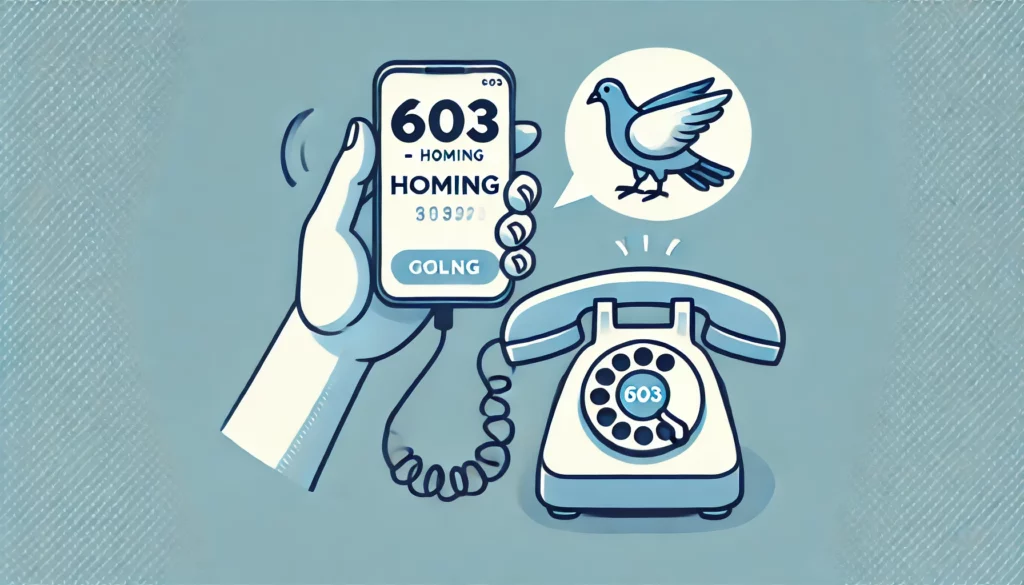
604 – Do Not Originate
604 might as well be saying, “Stay in your lane!” It stops certain numbers from originating calls, helping to prevent fraud and misuse. This is divided into several categories:
– Category 1: 2,445,458 businesses identified by name and number
– Category 2: 2,090,986 businesses identified by number only
– Category 3: 3,428,378 residential numbers identified by name and address
– Category 4: 238,112,279 residential numbers identified by number only
– Category 5: 103,172,816 numbers on the Federal Do Not Call list
– Category 6: 1,438 Federal government and “robotrap” numbers
– Category 7: 844,555 other government agencies and customer service numbers
– Category 8: 679,139,000 USA wireless numbers
– Category 9: 5,452,000 Washington, DC area codes (202 and 771)
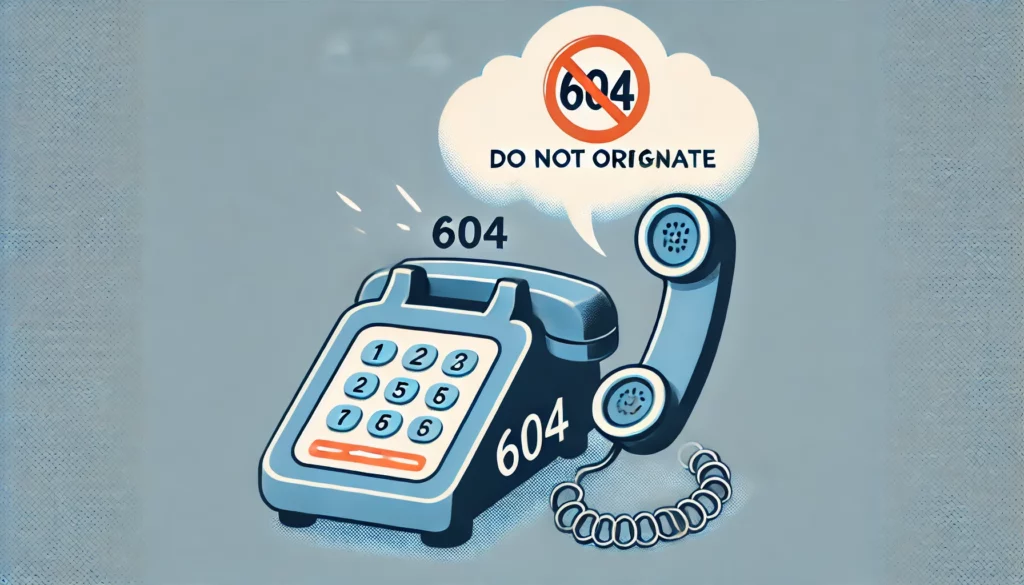
605 – ANI Not Found => Bad ANI
A 605 code means the system couldn’t find the Automatic Number Identification (ANI). Think of it as saying, “Who are you again?” If the system can’t verify the ANI, the call might not go through.
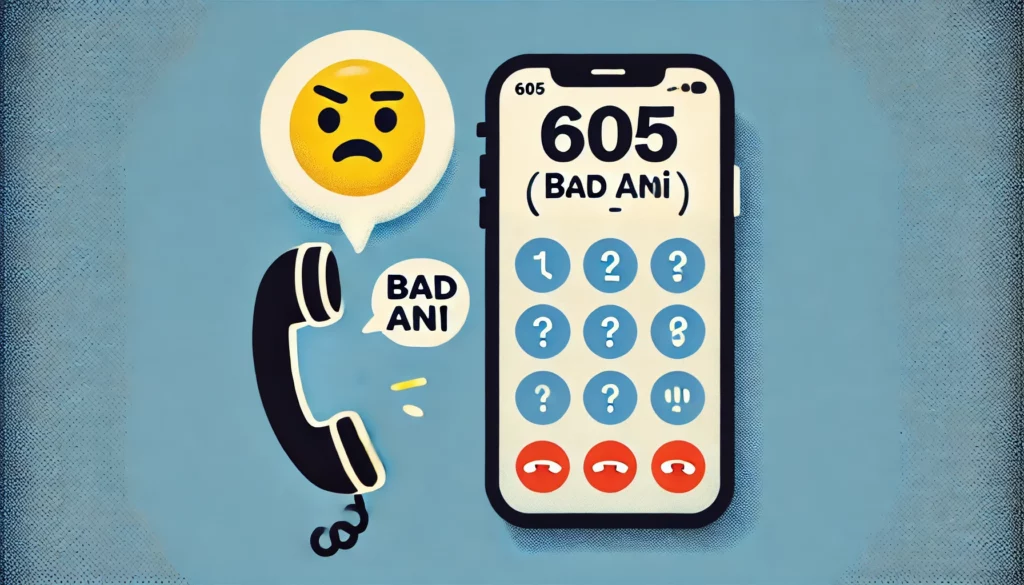
606 – DNIS Not Found => Bad DNIS
606 codes indicate that the Dialed Number Identification Service (DNIS) couldn’t be found. It’s like dialing a number and getting, “Sorry, we don’t know where you’re calling.”
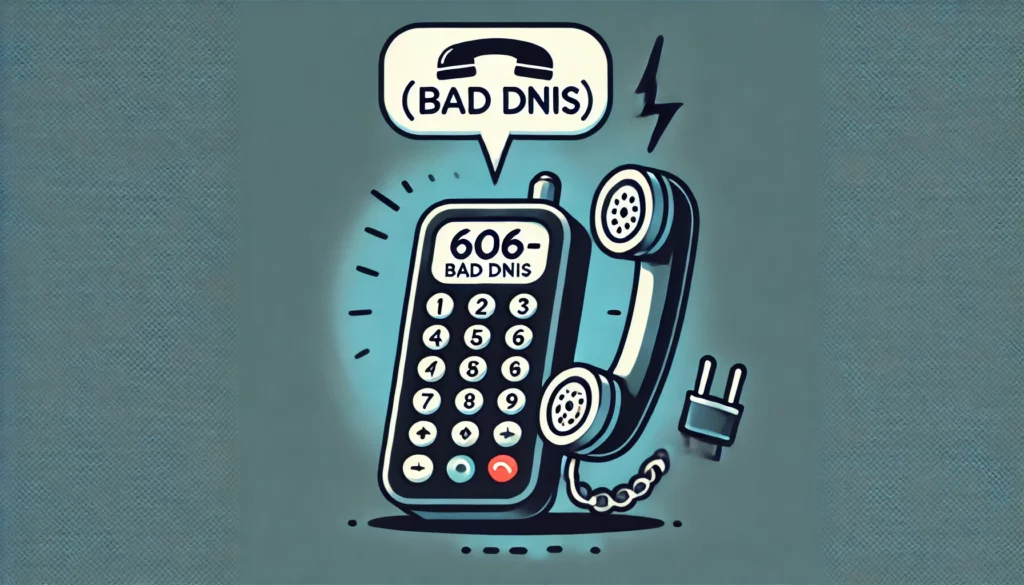
607 – No Token => No Token & Last in Priority
A 607 code means there’s no token available for the call. It’s akin to saying, “No ticket, no ride!” This code ensures that calls are prioritized and managed correctly.
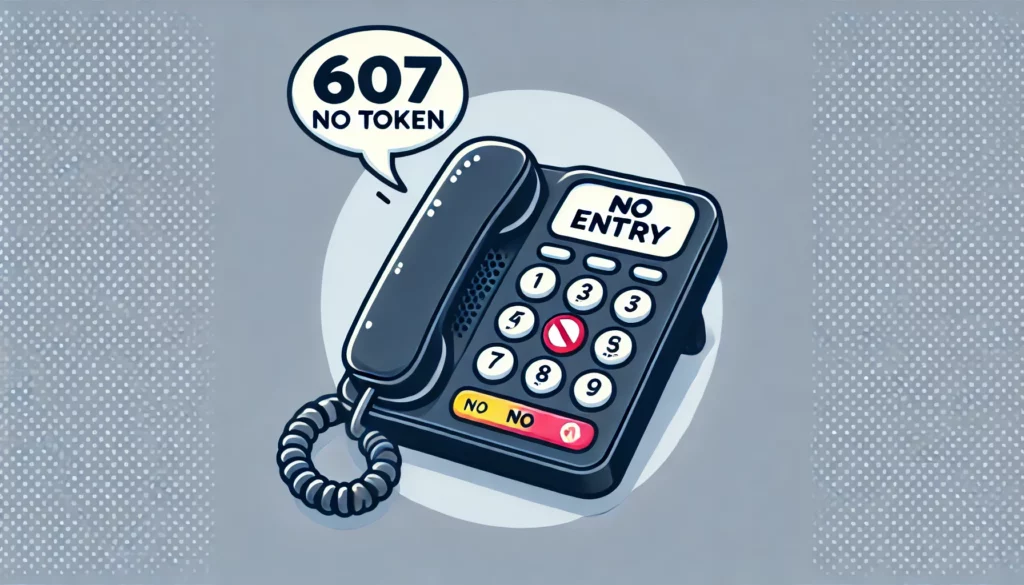
608 – DNIS Blocked
If you encounter a 608 code, the DNIS is blocked. This is the telecom equivalent of, “Access denied!” It stops certain calls from being completed for security or policy reasons.
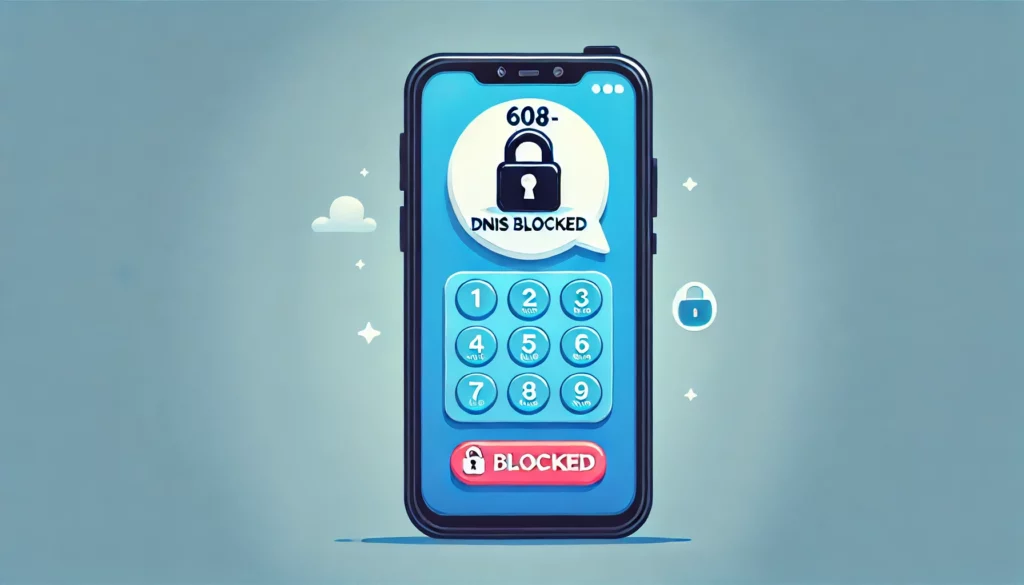
503 – Reroute
Lastly, the 503 code is all about redirection. It’s like a GPS saying, “Recalculating route!” Good ANI/DNIS with a token attached will be rerouted as needed, ensuring the call reaches its destination.
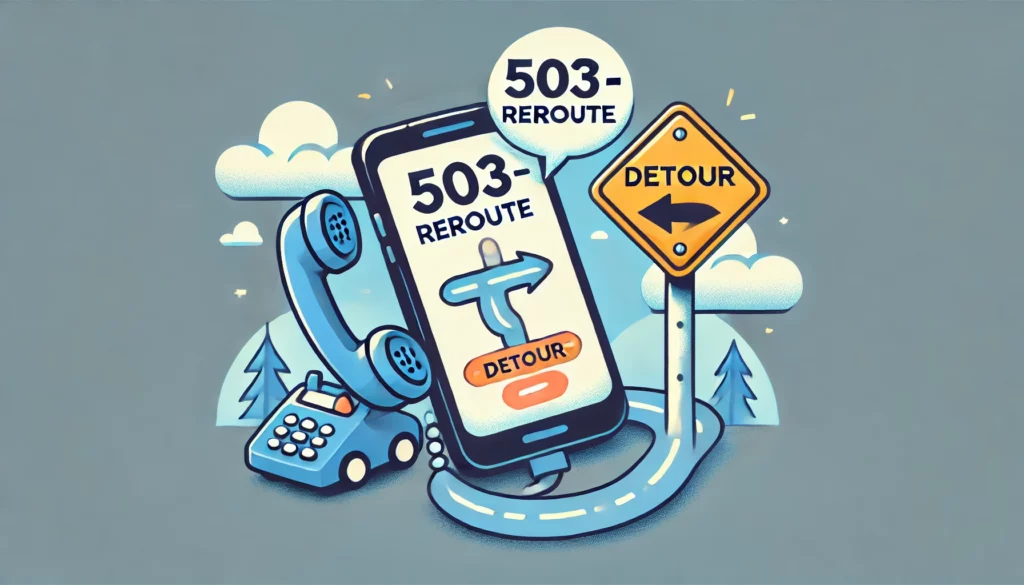
These codes help manage different types of calls and numbers in the vast telecom network. Here’s a quick recap:
– Business and Residential Identification: Ensuring calls are correctly routed to known business or residential numbers.
– Do Not Call: Protecting individuals and businesses from unwanted calls.
– Government and Special Numbers: Managing important and sensitive numbers, including government lines.
– Wireless Identification: Recognizing mobile numbers accurately.
– Priority and Blocking: Ensuring priority calls are handled first and blocking those that shouldn’t go through.
Understanding these codes helps us appreciate the complexity and efficiency of modern telecommunications.
So next time you hear about a 6xx code, you’ll know it’s not just a random number – it’s a vital part of keeping our calls connected and secure.
